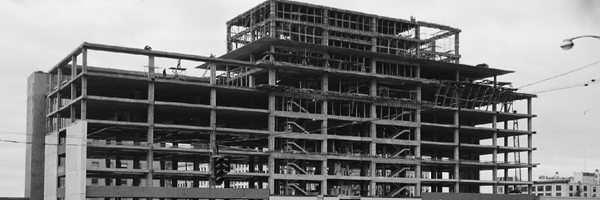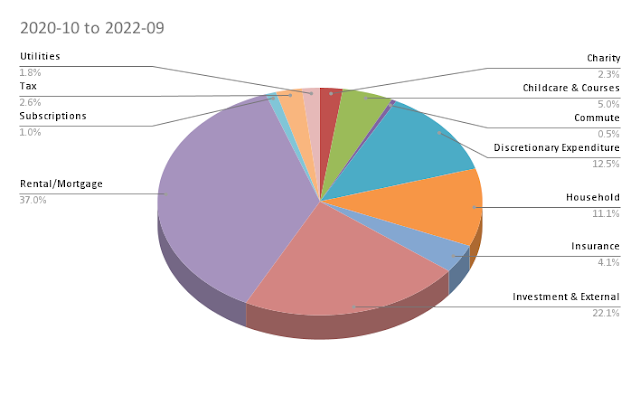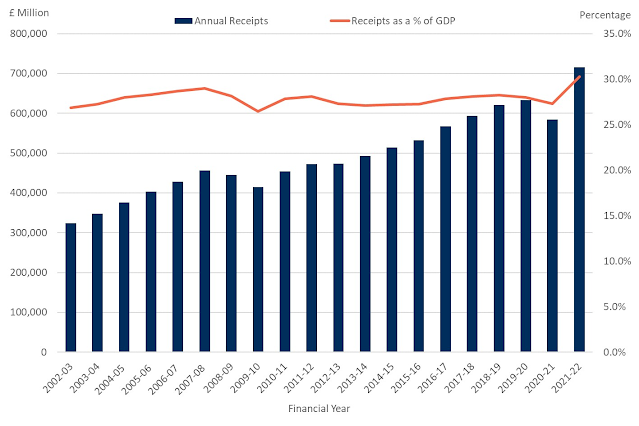What’s the true ROI of owning a flat? (What-Ifs Part 2)
In the past 2 blog posts on this topic, I documented what actually happened with an investment in a flat in Bangalore, which turned out to be rather mediocre outcome, and then we talked about what if conditions were in fact somewhat better.
In this post, I am going to write about things that could have potential gone wrong with investing in a flat.
When a developer delays a project, there is both a tangible loss (loss of notional/actual rent) as well as intangible loss (dealing with the banks, current landlord, emotional turmoil etc). It is obviously extremely difficult to quantify the intangibles, but a delay of 1 year alone could cost you as much as 0.55% in IRR over the entire project timeline. It is not uncommon for projects to be delayed by as much as 3-5 years.
These things happen, but how to quantify the effect of this? As in the above case, the intangibles are enormous and impossible to estimate. The closest I could come to is to use the fines of Akrama Sakrama scheme in Bangalore, where the authorities permitted deviations of upto 25% to be regularized (i.e. the authorities would let the new owners off the hook so long as the constructed property is safe) for a fine of 6-8% of the market value, as the cost to the project. To simulate this, I am going to apply a 6% fine somewhere in the middle of the ownership and use the original purchase price as the market price, though the likely market price at that time is most likely going to be higher.
Estimating this gives us an IRR drop of 0.41%.
Interest rates being higher
Interest rates in India go up and down, like in every other country. Most loans these days are issued on a variable interest rate basis and normally pegged to something like the RBI repo on the reverse repo rate, either directly or indirectly.
My EMIs were paid between 2006 and 2012, during which repo ranges between 6 & 9 %, averaging perhaps at 7%. Accordingly my rates of interest were between 7.75% and 12%, averaging at about 10%. I had some initial discount on the actual rate for first 2 years that eventually disappeared and I was paying repo + 3%.
You never know what the RBI is going to do and how the macroeconomic situation shapes up - clearly, this could have easily been 11% averaged out. So let's simulate this scenario too. For sake of simplicity in the calculation, I am just adding 8% to all my EMI payments. (Assuming that 80% of the EMI is for interest, which is assumed to be 10% higher and 20% of the EMIs for principal, which seems fair, because the bulk of my loan was settled through pre-payments.) I am leaving the pre-payments as it is. Pre-EMIs, which are interest only payments, are simulated at 10% higher.
Estimating this gives us an IRR drop of 0.61%.
As before, all data is here. Feel free to perform your own simulations. Leave a note if you find anything interesting.
The purpose of this blog, and the entire series, was to bust the myth that real estate is always a good investment, which seems to be the general wisdom in India, if not in other countries. As you can see, the rate of return for a real case was rather modest, and various simulations of both optimistic and pessimistic scenario are presented, just to provide further context. The best scenario seems to be a return of about 10.53%, which is still lower than average returns in the Indian stock market in the intervening period.
More on this topic at this blog post on why your home is not an investment.
In this post, I am going to write about things that could have potential gone wrong with investing in a flat.
Developer delays
The first and foremost scenario to worry about is what if the developer you are buying a flat from does not complete the project on time. This is a rather common scenario - read here and here. I was rather lucky that in the case I have presented, I did not suffer a delay. (There was a small delay of about 2 months, which to be honest, is almost expected in Indian projects.)When a developer delays a project, there is both a tangible loss (loss of notional/actual rent) as well as intangible loss (dealing with the banks, current landlord, emotional turmoil etc). It is obviously extremely difficult to quantify the intangibles, but a delay of 1 year alone could cost you as much as 0.55% in IRR over the entire project timeline. It is not uncommon for projects to be delayed by as much as 3-5 years.
Developer disputes
Imagine receiving a property in which one or more of the facilities promised have not been delivered? Or if the developer delivered a project but there are deviations from the plan approved by the authorities?These things happen, but how to quantify the effect of this? As in the above case, the intangibles are enormous and impossible to estimate. The closest I could come to is to use the fines of Akrama Sakrama scheme in Bangalore, where the authorities permitted deviations of upto 25% to be regularized (i.e. the authorities would let the new owners off the hook so long as the constructed property is safe) for a fine of 6-8% of the market value, as the cost to the project. To simulate this, I am going to apply a 6% fine somewhere in the middle of the ownership and use the original purchase price as the market price, though the likely market price at that time is most likely going to be higher.
Estimating this gives us an IRR drop of 0.41%.
Incomplete Projects
This is the worst case scenario of all the scenarios I can think of - the developer never completes the project. This the scariest scenario, leaving you in a semi-permanent limbo state. I don't think I can quantify this state of affairs where both the tangible and the intangible reversals could be enormous.Interest rates being higher
Interest rates in India go up and down, like in every other country. Most loans these days are issued on a variable interest rate basis and normally pegged to something like the RBI repo on the reverse repo rate, either directly or indirectly.
My EMIs were paid between 2006 and 2012, during which repo ranges between 6 & 9 %, averaging perhaps at 7%. Accordingly my rates of interest were between 7.75% and 12%, averaging at about 10%. I had some initial discount on the actual rate for first 2 years that eventually disappeared and I was paying repo + 3%.
You never know what the RBI is going to do and how the macroeconomic situation shapes up - clearly, this could have easily been 11% averaged out. So let's simulate this scenario too. For sake of simplicity in the calculation, I am just adding 8% to all my EMI payments. (Assuming that 80% of the EMI is for interest, which is assumed to be 10% higher and 20% of the EMIs for principal, which seems fair, because the bulk of my loan was settled through pre-payments.) I am leaving the pre-payments as it is. Pre-EMIs, which are interest only payments, are simulated at 10% higher.
Estimating this gives us an IRR drop of 0.61%.
Unexpected maintenance costs
While my apartment did not need any big maintenance projects to be conducted, such projects are not unheard off. Lifts need replacement, specially in India, where the quality of the lifts are generally very poor, and so might be the case with Gyms, Swimming Pool, Sewage Treatment plants etc. On top of this, projects like Cauvery Water hit an owner with a one-time cost - that of paying for the installation. Since my project was relatively small (20 flats), we avoided these because we didn't have these amenities. However, such a cost is not unheard off. Since such a cost is unpredictable, I am treating them the same as a Sakrama fine (read above).Summary
Here is a summary of the various simulations I ranAs before, all data is here. Feel free to perform your own simulations. Leave a note if you find anything interesting.
The purpose of this blog, and the entire series, was to bust the myth that real estate is always a good investment, which seems to be the general wisdom in India, if not in other countries. As you can see, the rate of return for a real case was rather modest, and various simulations of both optimistic and pessimistic scenario are presented, just to provide further context. The best scenario seems to be a return of about 10.53%, which is still lower than average returns in the Indian stock market in the intervening period.
More on this topic at this blog post on why your home is not an investment.



